This article will provide an understanding of different ways to use substring in MySQL.
Read more »
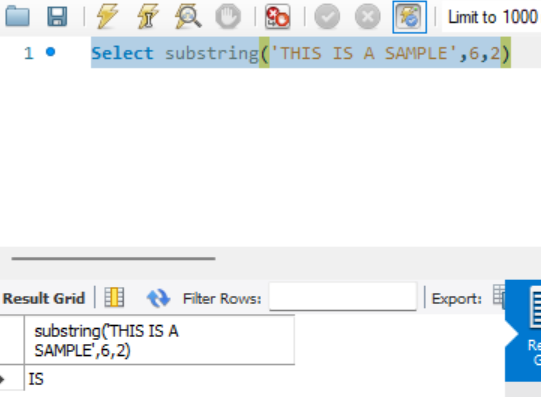


This article will provide an understanding of different ways to use substring in MySQL.
Read more »

This article will provide an understanding of how to effectively use group concatenation in MySQL.
Read more »
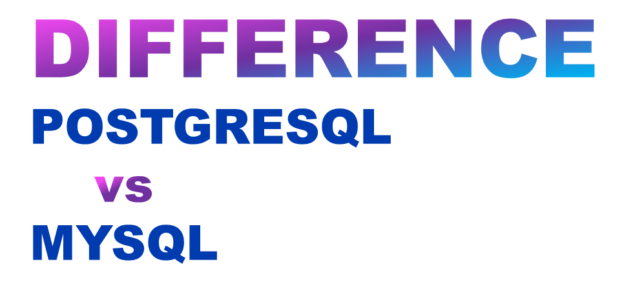
Today, we will compare the two most popular database products PostgreSQL vs MySQL, and explain the differences between them in this article. There are many database systems based on the relations database management system (RDBMS) concept in the market. Some of them are Oracle, SQL Server, MySQL, PostgreSQL, etc. It’s really important to understand the differences between them before selecting any database product for your application. Keeping this in mind, I am writing this article to explain these two database systems i.e., PostgreSQL vs MySQL, and compare them from various aspects so that you can understand them before taking any decision for your requirements.
Read more »
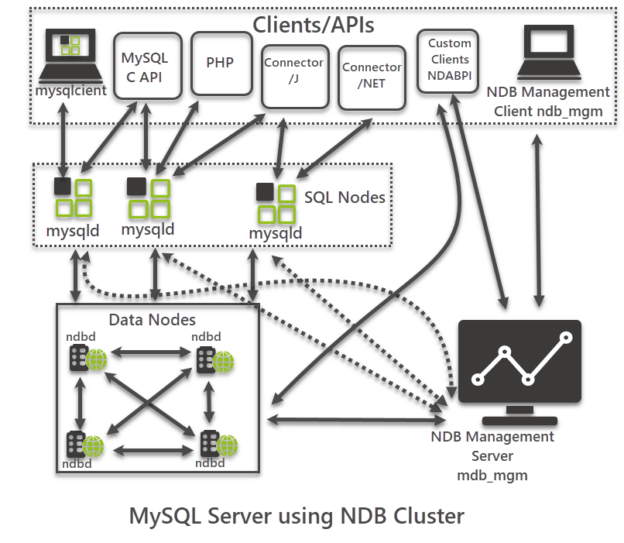
This article provides an overview of MySQL Cluster in a simple understandable manner suitable for both database beginners and professionals.
Read more »
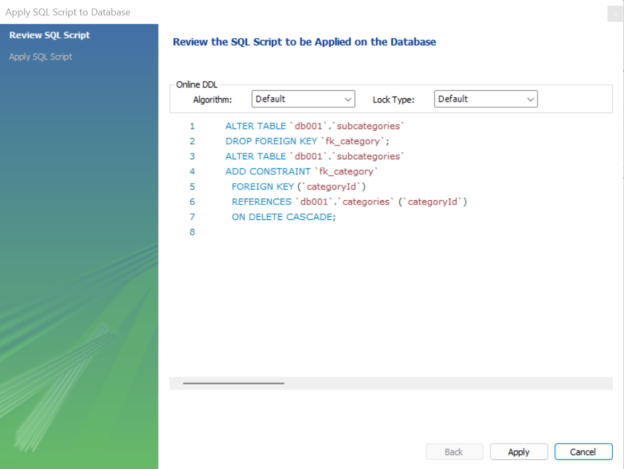
In this article, we will learn how to work with MySQL foreign keys with a few examples.
Read more »

This article will provide an introduction to SQL escape characters for using special characters and their characteristics.
Read more »

Today, I am going to explain how to use the SQL LIMIT clause to limit output values. We all know RDBMS systems are one of the popular ways to store, protect, access, and analyze data in a structured way. We can store enormous sizes of data and then further can access them with the help of SQL language to get our desired output to analyze it. SQL stands for Structured Query Language which is used to perform activities like creating, modifying, and accessing data from the databases hosted on RDBMS systems like SQL Server or MySQL, etc. This article will explain one of the SQL query statements LIMIT which we use to limit the number of records returned in the output result.
Read more »
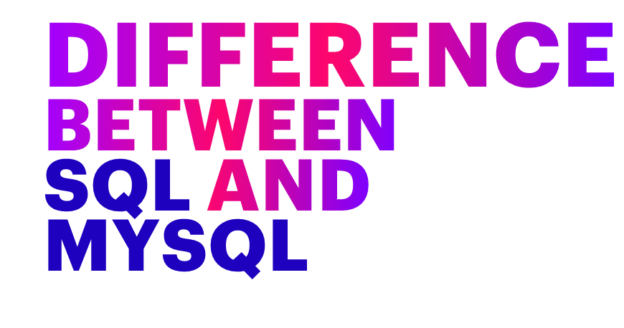
This article will explain the difference between SQL and MySQL. Many people get confused between several database terms like SQL, MySQL, SQL Server, or other SQL-related phrases. If you are a database professional, then you should be aware of the difference between SQL and MySQL or other phrases which have SQL words included like PostgreSQL, Cloud SQL, TSQL, etc. Most of these terms are divided between a query language and database software like TSQL and SQL are query languages whereas MySQL, SQL Server, and PostgreSQL are database software.
Read more »
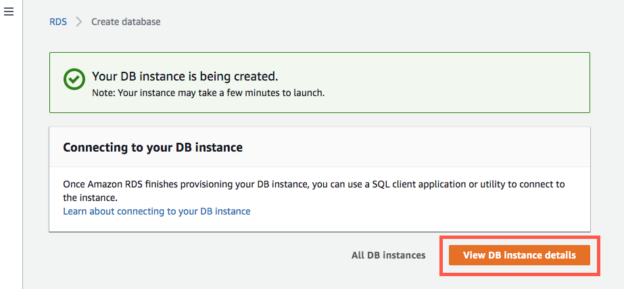
This article will show the basics of hosting MySQL databases in Amazon Web Services (AWS).
Read more »
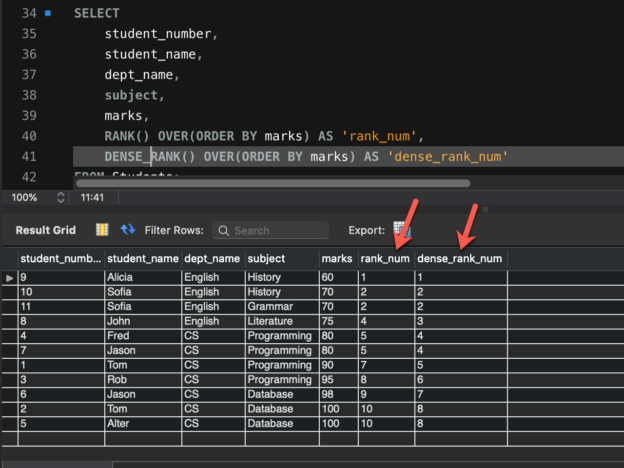
In this article, we are going to learn about the different types of MySQL Window Functions and how to use them as per different use cases. MySQL is one of the most commonly used databases in the software world today. Almost every other web application running uses MySQL as a database, either on-premise or on the cloud. It becomes extremely necessary for developers and database users to master their querying abilities such that they can query the databases as per the requirements and produce suitable results. In this article, we are going to focus on the MySQL Window Functions and how to use them with practical examples. An important point to note is that most of the MySQL Window Functions are applicable only to versions 8 or higher.
Read more »
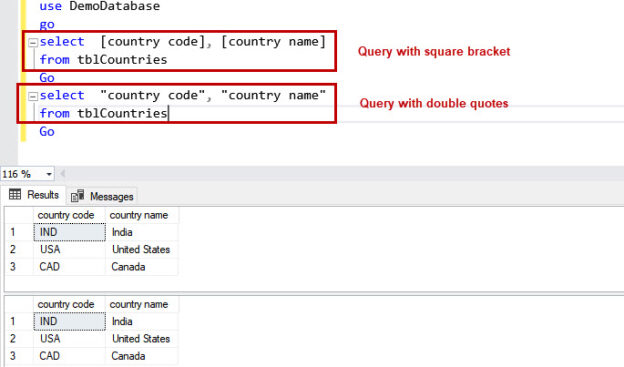
In this article, we are going to learn how we can write a SQL query with space in the column name. Blanks spaces are restricted in the naming convention of the database object’s name and column name of the table. If you want to include the blanks space in the object name or column name, the query and application code must be written differently. You must be careful and precise while writing dynamic SQL queries. This article explains how we can handle object names and columns with blank space in SQL Server and MySQL.
Read more »

This article covers the different SQL queries to change the column type. We are going to learn how we can change the data type of the columns of the following databases:
Read more »
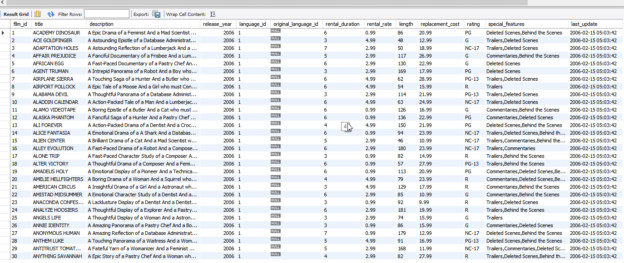
This article explains the MySQL copy table process. In this article, you will learn how we can copy data from one table to another table. These tables could be in the same database or different databases. The MySQL copy table process can copy a specific dataset or all data from the source table to the destination table. We can use the MySQL copy table process to replicate the issues that occurred on production servers, which helps developers rectify the issues quickly.
Read more »
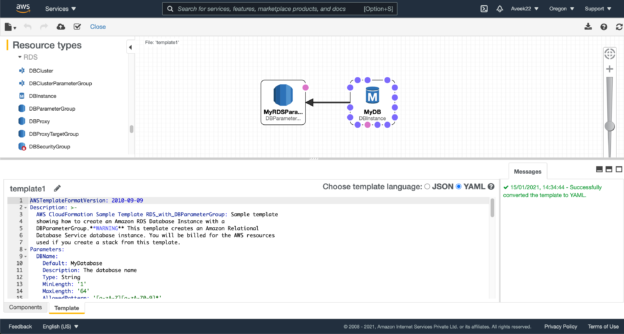
In this article, we are going to discuss how to set up a MySQL instance on AWS RDS using Cloud Formation templates. In my previous article, How to configure an Amazon RDS environment for MySQL, I have provided a detailed walkthrough of how to set up a MySQL instance on Amazon. You can use the AWS console to provide all the information required for setting up the instance and then use it. However, in this article, we will discuss an automated way of achieving the same functionalities using Cloud Formation templates.
Read more »
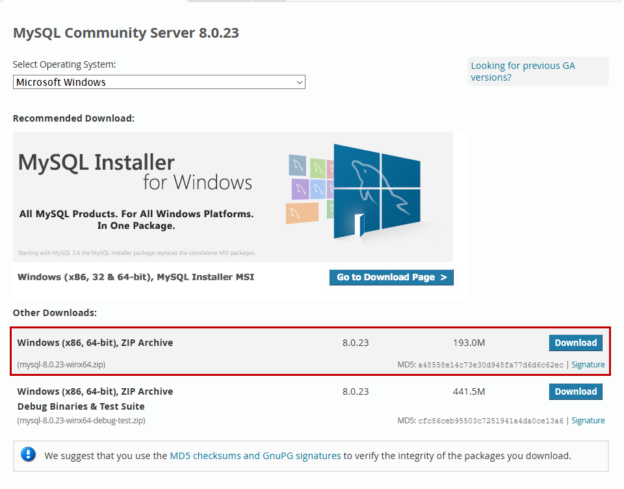
In this article, I am going to explain the step-by-step installation process of MySQL server 8.0.19 using a noinstall Zip archive. In my previous article, I have explained the step-by-step installation process of MySQL 8.0 on windows 10.
Read more »
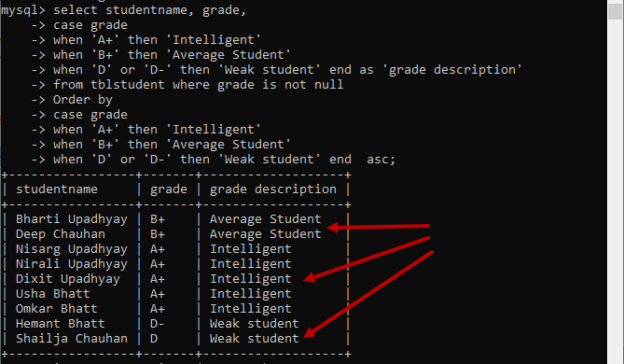
In this article, we are going to learn about the most common control flow functions. The control flow function evaluates the condition specified in it. The output generated by them can be a true, false, static value or column expression. We can use the control flow functions in the SELECT, WHERE, ORDER BY, and GROUP BY clause. Following are the most common functions:
Read more »
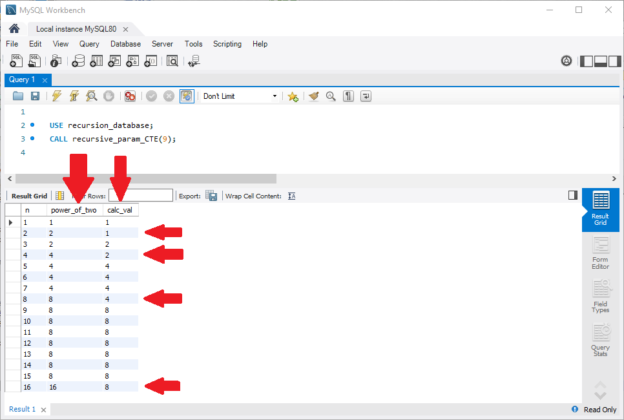
As we lever MySQL to build database solutions, we might need to build a MySQL recursive query. In an earlier Database Journal article, I showed how to solve an integer parsing problem with SQL Server recursion. This article will show how to solve that same problem with MySQL recursion, highlighting the strong and weak points of this MySQL feature.
Read more »
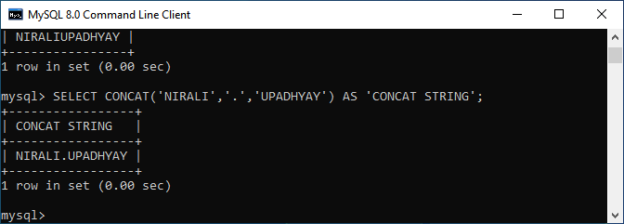
In this article, we are going to learn about different MySQL String functions. The MySQL String functions can be categorized into the following:
Read more »
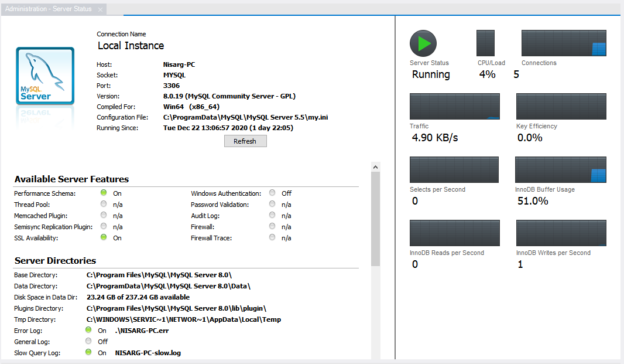
This article explains how we can run multiple instances of the MySQL Server on a single machine. In How to install MySQL database server 8.0.19 on Windows 10 article, I have explained the installation process of MySQL on windows 10. For the demonstration, I have installed MySQL 8.0.19 on my workstation. We can view the status of the MySQL Server using MySQL workbench. To view the server status, open MySQL workbench connect to the MySQL instance Click on Server Select Server Status.
Read more »
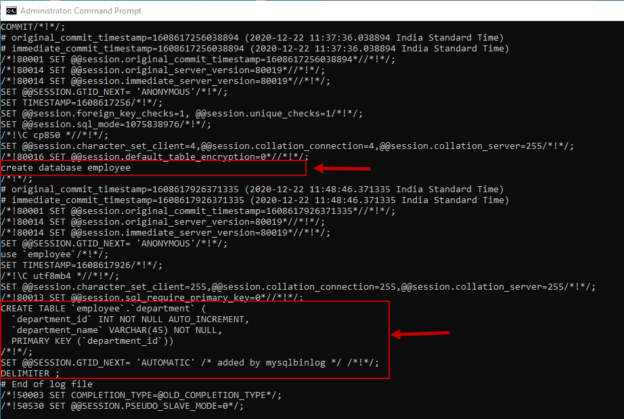
The mysqlbinlog utility is used to process the binary logs of the MySQL server. Using mysqlbinlog utility, we can perform the following tasks:
Read more »
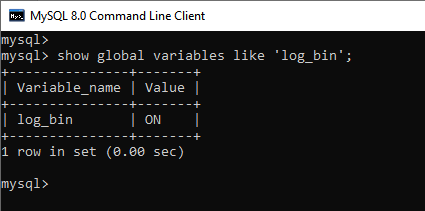
In this article, we are going to learn about the concept of MySQL Binary Logs and their architecture. I am covering the following details in this article:

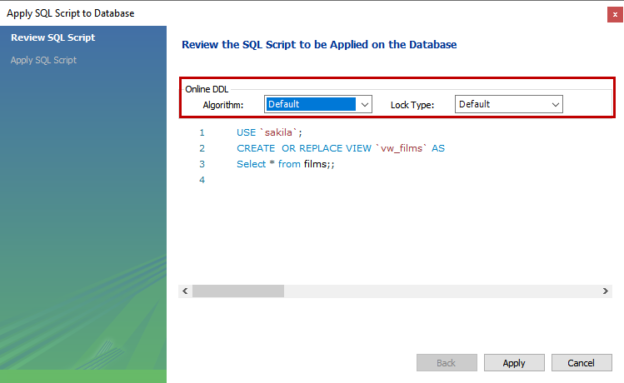
In this article, we are going to learn about the fundamentals of MySQL Views. In this article, I am going to cover the following topics:
Read more »
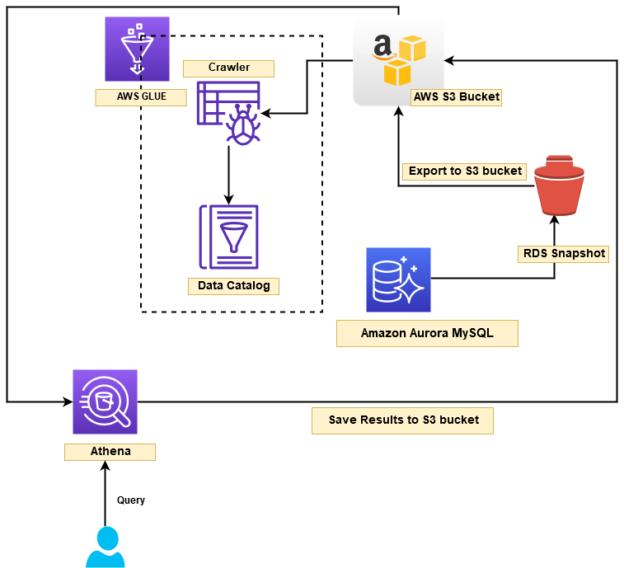
In this article, we will explore the following topics:

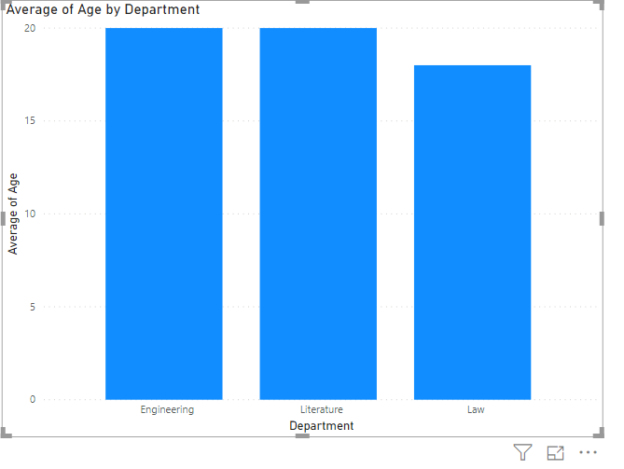
Microsoft Power BI is a data analytics and visualization tool that can be used to visualize data in the form of different types of reports, without writing a single line of code.
Read more »
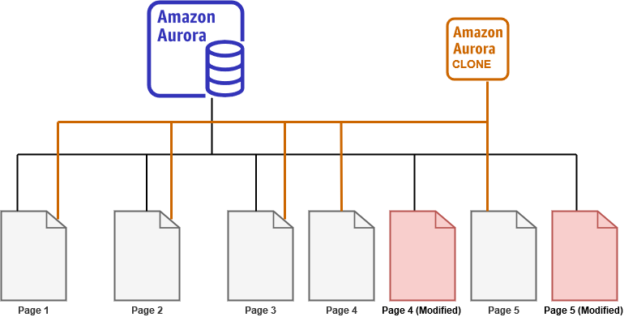
Amazon Aurora provides a MySQL and PostgreSQL compatible relation database with performance and feature enhancements over the existing databases. In the previous articles, we discussed the following features. You can refer to ToC at the bottom.
In this article, we will cover fast database cloning and its usage for aurora databases.
Read more »© Quest Software Inc. ALL RIGHTS RESERVED. | GDPR | Terms of Use | Privacy